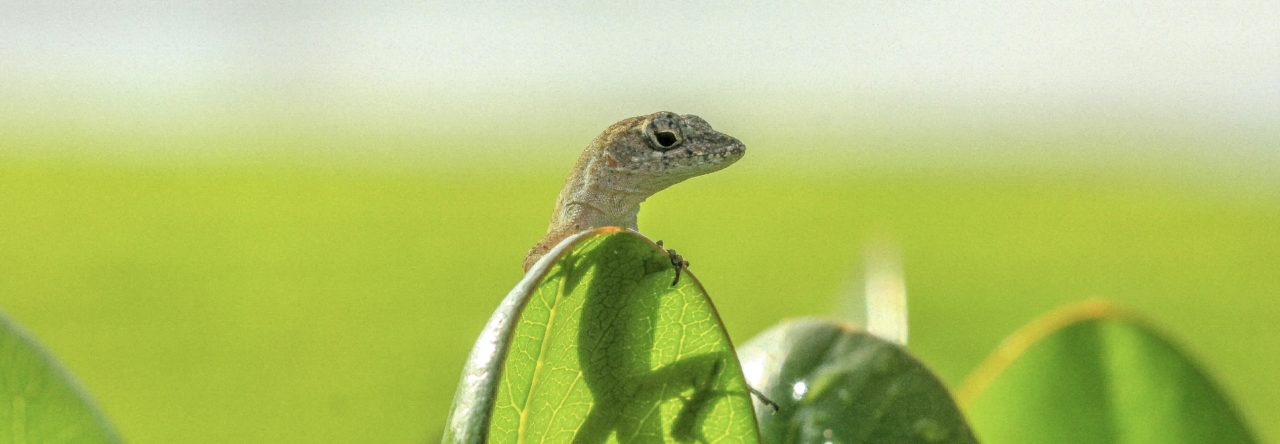
Phenacosaurus heterodermus (photo from http://www.flickr.com/photos/sngcanary/4207771662/)
“Among the strange and varied production of the high Andes is a small assemblage of grotesque, big-headed, short-legged, prehensile-tailed lizards: the genus Phenacosaurus.”
So starts Skip Lazell’s (1969) taxonomic revision of the three species in the anoline genus Phenacosaurus. Since that time, there have really been only two developments in phenac world. First, phylogenetic studies have conclusively demonstrated that phenacosaurs represent an evolutionary offshoot within the Dactyloa clade of anoles. As a result, most systematists now consider these species to be members of the genus Anolis, though some diehard romantics/heretics still use Phenacosaurus. Second, the last 40 years have seen a veritable phenaco-population explosion, with 11 species now recognized, and word on the street that more are on the way.
Despite these advances, our knowledge of phenacosaur biology has barely budged since Lazell’s time.
Read More














